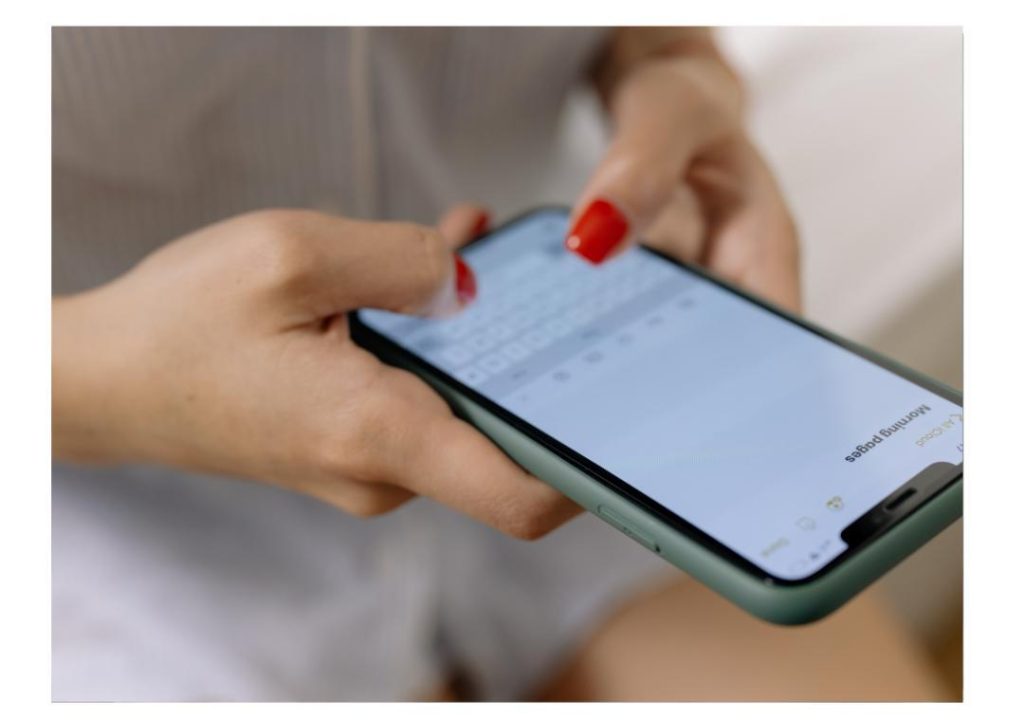
Swipes before Bites? Which is better?
When it comes to the world of food tech, the phrase “Swipes before Bites” takes on a whole new meaning. Gone are the days of scrolling through menus printed on paper or relying on word-of-mouth recommendations. Today, the rise of mobile apps and online ordering platforms has revolutionized the way we discover and consume food. But, in this digital age, the question remains: which is better, swiping or biting?
In food tech, UI/UX isn’t just about aesthetics; it’s the appetizer before the meal. From intuitive menu navigation to mouth-watering visuals, a sleek interface makes users crave more. First impressions matter, and thoughtful design ensures smooth onboarding, quick order placement, and high user retention. If the UI feels clunky, customers may abandon the cart before checkout.
The Rise of Swiping
Swiping, a feature commonly found in food delivery and ordering apps, has become an essential part of the modern food experience. With a simple swipe, users can browse through menus, make selections, and place orders without having to navigate through multiple screens or menus. Swiping has become synonymous with convenience, speed, and ease of use.
The benefits of swiping are numerous. For one, it allows users to quickly scan through menus, making it easier to discover new dishes and restaurants. Swiping also enables users to make selections without having to manually enter orders, reducing the likelihood of errors and increasing the speed of the ordering process.
Moreover, swiping has become an integral part of the user experience, allowing users to engage with the app in a more intuitive and seamless manner. By incorporating swiping gestures into the app’s design, developers can create a more immersive and engaging experience, encouraging users to spend more time on the app and increasing the likelihood of repeat business.
The Bite-Sized Alternative
While swiping has become a staple in the world of food tech, there’s another approach that’s gaining popularity – the bite-sized approach. This method involves presenting users with bite-sized chunks of information, such as menu items or restaurant details, in a more curated and personalized manner.
The bite-sized approach has its own set of benefits. For one, it allows users to focus on specific aspects of the menu or restaurant, such as dietary restrictions or preferences. Bite-sized chunks of information also enable users to make more informed decisions, as they’re presented with a clearer understanding of what they’re ordering.
Moreover, the bite-sized approach can be more engaging and interactive, encouraging users to explore and discover new dishes and restaurants. By presenting users with a series of bite-sized chunks, developers can create a more dynamic and immersive experience, increasing the likelihood of user retention and repeat business.
The Verdict: Is Swiping Better Than Biting?
So, which is better, swiping or biting? The answer lies in the way you approach the user experience. Both swiping and biting have their own strengths and weaknesses, and the best approach will depend on the specific needs and goals of your app.
If you’re looking for a convenient and easy-to-use interface, swiping may be the better option. Swiping allows users to quickly scan through menus, making it easier to discover new dishes and restaurants. Swiping also enables users to make selections without having to manually enter orders, reducing the likelihood of errors and increasing the speed of the ordering process.
On the other hand, if you’re looking for a more personalized and engaging experience, the bite-sized approach may be the better option. Bite-sized chunks of information allow users to focus on specific aspects of the menu or restaurant, making it easier to make informed decisions. The bite-sized approach also enables users to explore and discover new dishes and restaurants in a more dynamic and interactive manner.
Conclusion
In the world of food tech, the debate between swiping and biting is far from over. Both approaches have their own strengths and weaknesses, and the best approach will depend on the specific needs and goals of your app. Ultimately, the key to success lies in creating a seamless and engaging user experience that leverages the benefits of both swiping and biting.
By incorporating swiping gestures into the app’s design, developers can create a more intuitive and immersive experience, encouraging users to spend more time on the app and increasing the likelihood of repeat business. On the other hand, the bite-sized approach can be more engaging and interactive, enabling users to explore and discover new dishes and restaurants in a more dynamic and personalized manner.
As the food tech landscape continues to evolve, one thing is clear – the future of food tech lies in creating a seamless and engaging user experience that puts the user first. Whether you choose to swipe or bite, the key to success lies in understanding the needs and preferences of your users and creating an experience that meets those needs.
News Source: https://www.growthjockey.com/blogs/social-media-trends-india-global






